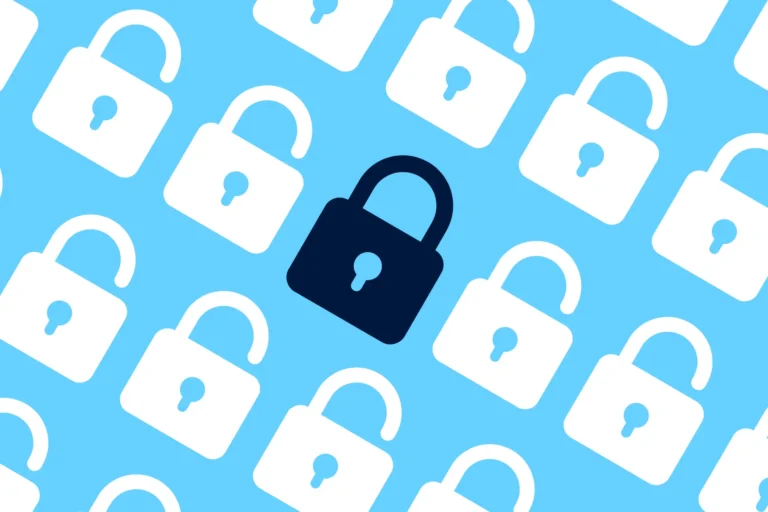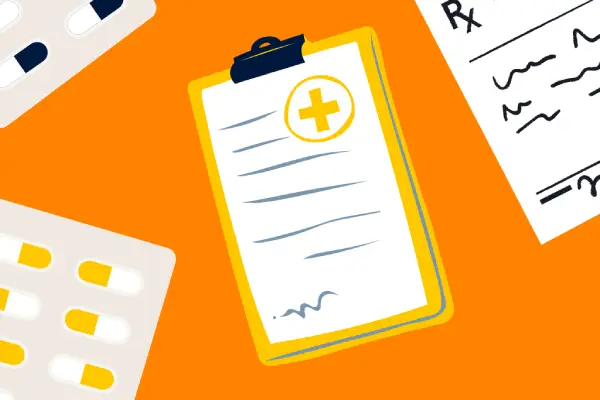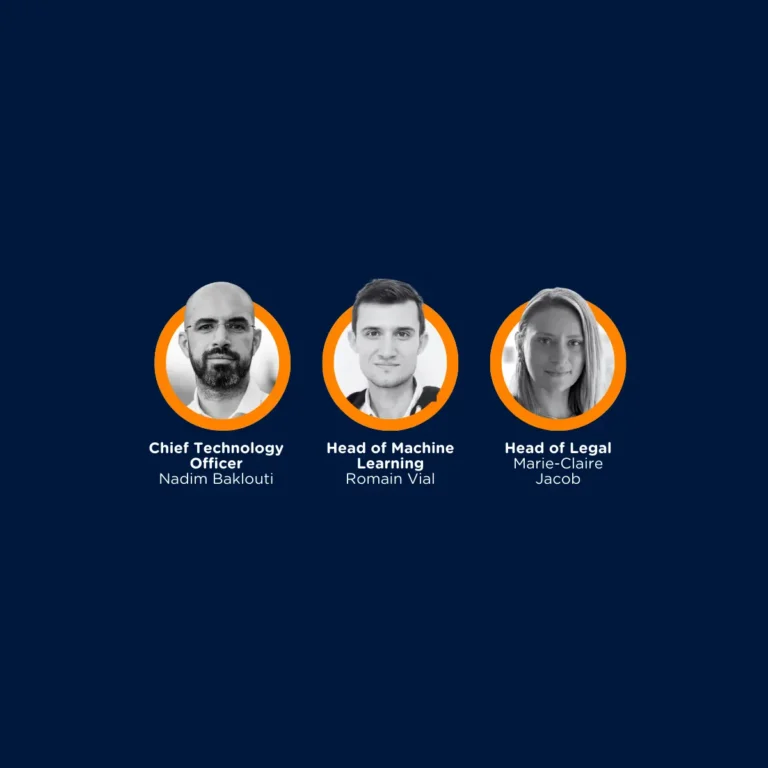In our ever-evolving digital landscape, the imperative for robust security measures cannot be overstated, particularly within the realm of corporate governance.
Recent insights from the Organization for Economic Co-operation and Development (OECD) emphasize the need for boards to fortify their activities with stringent security protocols. Multiple Factor Authentication (MFA) is one such measure and stands out as a foundational protocol ensuring security and protection.
Before we explore how MFA fortifies boards, let’s first get an understanding of Multiple Factor Authentication. We will then address board vulnerabilities before concluding with MFA’s role in securing boards.

What is Multiple Factor Authentication?
Multiple Factor Authentication is a system that requires users to provide more than one form of identification before gaining access to a platform. Traditionally, logging into systems involves providing a username, or email, and a password, MFA adds an additional layer of security as it requires additional verification once the usual information has been filled in. This extra verification can come in many different forms such as a unique code, a physical token, and even fingerprint or eye scan. Such multi-layered approaches significantly heighten security, ensuring that even if someone gains access to your password, they will not be able to log into the system, as a supplementary factor will be required. In turn, this greatly reduces unauthorized access risks and data breaches associated with phishing attacks, malware, and credential theft.
Understanding Board Vulnerabilities
Cyber risks are on the rise and the stakes for corporate governance are higher than ever, according to the European Council more than 10 terabytes of data are stolen every month. A breach of board activities, which could include financial data, jeopardizes confidentiality but also undermines trust, credibility, and an organization’s integrity.
Boards are often the target of cybercriminals because of the lucrative nature of the information which can be made available by them, therefore board secretaries and members cannot overlook the implementation of robust security measures. Failure to address such vulnerabilities could lead to considerable damage such as legal ramifications and severe financial repercussions.
Beyond well-known hacking attacks, the primary methods for breaching security and stealing confidential information revolve around physical device theft, credentials theft and social engineering tactics like phishing. Human errors, whether inadvertently or knowingly sharing credentials, demand proactive litigation through routine training and foster risk awareness within companies. Training initiatives in such areas highlight potential risks while also providing employees with best practices. For example, discouraging the storage of login information on devices, similar to the ‘Remember Me’ button often seen on login pages; acts as a preventive measure against credential theft.
? Read here: What is Cybersecurity?
Combining proactive measures such as employee training and heightened awareness along with physical security barriers like MFA can significantly mitigate risks. However, it is crucial to understand that implementing one without the other can still leave vulnerabilities, so the integration of both is pivotal for a strong defense strategy against cyber risks.
Fortifying Boards with MFA
As boards start turning to service providers to facilitate their day-to-day activities, displaying useful features and great interfaces is important but far from enough, security features and standards are now an instrumental factor during the selection process.
Reliable service providers should ensure the implementation of stringent security protocols to reinforce governance activities, as stressed by the OECD report. MFA stands as a linchpin fortifying board security amidst digital vulnerabilities, and should not just be considered as a protective measure, it should also be seen as a strategic investment for boards.
DiliTrust’s Board Portal – the most secure solution for your governance activities
As you have understood by now, it is imperative to secure your board activities not only to safekeep your data but also fall in line with OECD recommendations. If you are already on the lookout to digitalize and optimize your boards or want to find a provider with stringent security measures to safeguard your activities, the DiliTrust Governance suite’s Board Portal is the solution.
Our SaaS (Software as A Service) solution not only helps you gain in efficiency and productivity, but it also facilitates decision making within your boards. Additionally, we follow the highest security standards, our platform is secured by a two-factor authentication (TFA or 2FA), protecting your access to our solution.
To access the platform, our users receive a text message with a code which completes the authentication process, each code can only be used once and corresponds to a specific login attempt.
DiliTrust is also certified ISO 27001 and ISO 27701, these are international standards that set a framework for information security management systems and privacy information management systems.
? Read here: Data Privacy and Security: DiliTrust certified ISO 27001 and ISO 27701
DiliTrust complies with data protection regulations and protects the personal data of all our customers and partners.
DiliTrust’s Board Portal module empowers boards to navigate governance complexities efficiently and securely.
Want to find out more about our Board Portal? Contact us!
This could also interest you ➡️:


